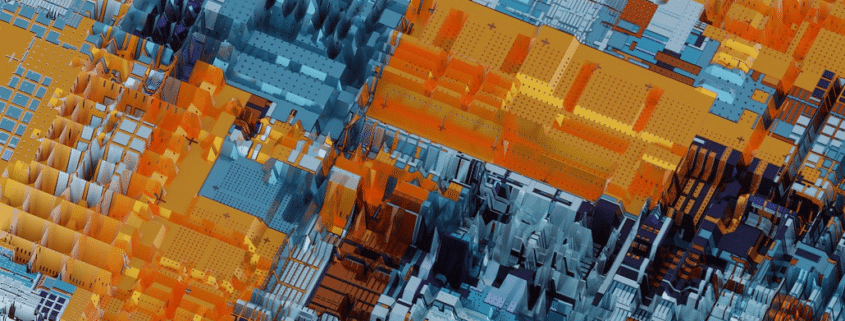How 3D Printing Will Reshape The Oil And Gas Industry
Multiple new technologies are present now that’s why the oil and gas industry is suffering in 2020. 3D printing is the latest fad to gain traction in space. Additive manufacturing has been extremely useful during the Covid-19 pandemic. It is delivering vital PPE to frontline workers across the globe. But now, the ever-evolving technology is also useable in innovative ways across the energy sector.
Earlier this year, we saw several companies relying on 3D printing to supply hard-to-get parts because of global pandemic restrictions and delays in delivery. This takes the reliance away from third-party companies as well as the need to ship parts from other countries. Further, the more parts that can be in-house, the better the inventory processes of the company.
To effectively manufacture additives, companies must create a digital inventory. The idea is to make a database of all the parts we need. Their design and how they can be makeable with a 3D printer. This helps companies prepare for any spare parts they might suddenly need.
The Process
3D printing continues to be a costly process. It is particularly useable for basic parts such as pipes, nuts, and bolts. It’s fantastic for when you’re in a bind and parts are impossible to get your hands on.
By 2025, 3D Printing in the oil and gas sector is expected to be worth $32 billion according to recent reports. Although 3D printing only accounts for 0.1 percent of the global manufacturing market at present, increased adoption of the technology suggests that it could be worth as much as $60 billion by 2030.
3D printing has already been adopted by the automotive and aerospace industries. Now, the energy sector is looking to 3D printers for manufacturing processes, to supply vital components at the drop of a hat.
Click here to read the full article.
If you have further questions about the topic of 3D printing and its impact on the oil and gas industry, contact us here.




Leave a Reply
Want to join the discussion?Feel free to contribute!